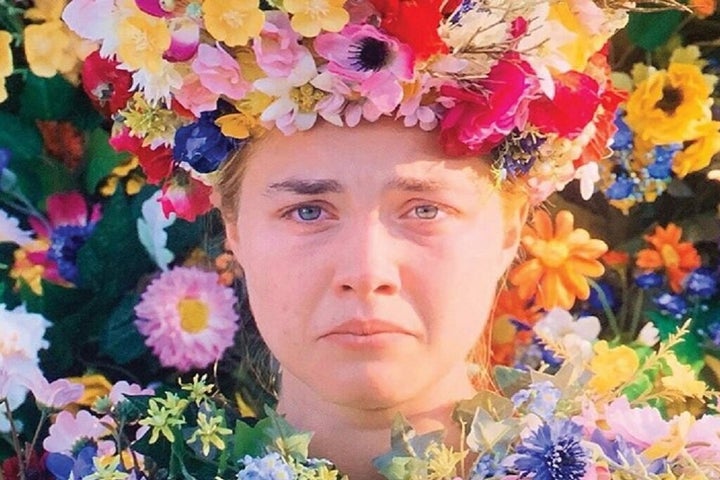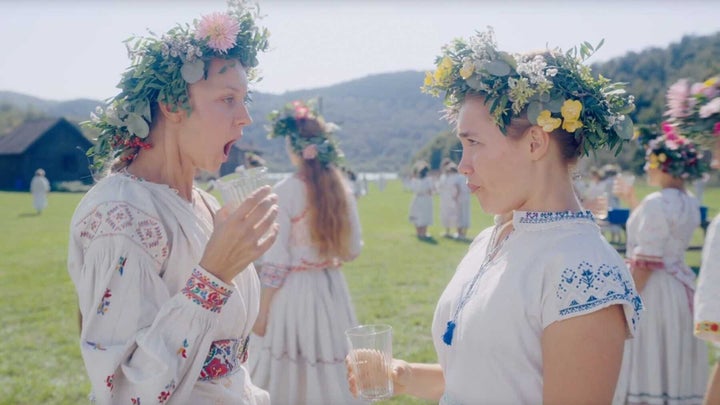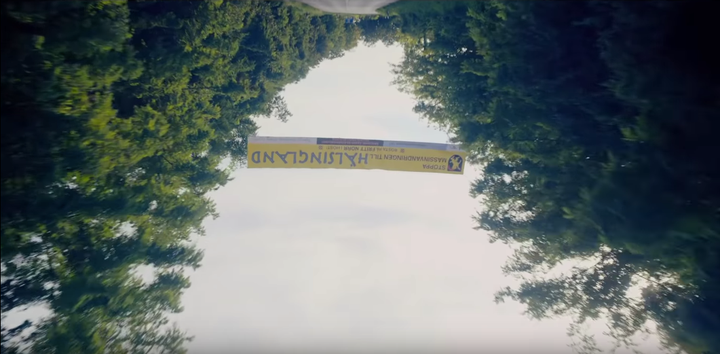
Ari Aster, who burst on to the scene with the wildly terrifying Hereditary just last year, has already made his second feature, Midsommar, a film that many have called the “brightest horror movie ever”.
The film was screened at the recently-concluded Mumbai Film Festival (MAMI), where Aster was present to introduce his sophomore effort. The film, which currently holds an 83% fresh rating on Rotten Tomatoes, has divided audiences (and some critics).
Aster has previously termed Midsommar a ‘break-up’ movie, which it ostensibly is. But the politics of the film and that of the cult represented in the film, go much deeper, talking about race, gender, immigration and grief.
In this interview conducted on the sidelines of the Mumbai Film Festival, Aster debunks some myths and responds to theories surrounding the film (MAJOR SPOILERS BELOW):
For the latest news and more, follow HuffPost India on Twitter, Facebook, and subscribe to our newsletter.
How much did Pelle know? Was he aware right from the beginning that his friends are going to be sacrificed?
I wanted to keep that deliberately cryptic. He certainly is manipulating them and if you observe closely, there are hints throughout the movie about how much he specifically knows. He is definitely the catalyst between his friends and their deaths. But it’s up to you to think how much of a villain he is and how honest he is being with Dany.
Had Dany not been crowned the May Queen, what would her speculative fate be?
Well, it’s hard to answer that because she does become the May Queen. But I’d say if she hadn’t won it, it’s not necessary that she may have been killed. It could’ve been someone from the village instead.
Other than yelling expletives, there wasn’t a serious transgression that Simon and Connie commit to be killed, unlike, say Josh and Mark.
Well, yeah, but they are very disrespectful to the cult’s rituals, right? And in some ways, they’ve to die because the Hårga kill four of their own and four outsiders, with the fifth one either from the village or the outsider. There’s also a suggestion of racism there. They are killing people of colour and the white people but they are using the white people for genetic reasons too. There’s a suggestion that the woman who takes Mark away to the woods sleeps with him before he’s killed.

In so many ways, the film is also about unprocessed trauma and lingering grief. I felt that Dany becomes the way that she does because she doesn’t feel any empathy towards her boyfriend, who pretends to care but has been inattentive all along. But the suggestion there is that when trauma is left untreated, it could manifest in some sort of a revenge fantasy.
Oh, absolutely. That’s all in there and I hate to be the person who tells viewer on how to read the film, I’d say that’s a very fair assessment of Midsommar. Think of it in this way: newly orphaned woman goes to a mystique land and finds a sense of belonging and family and is able to cast the spell away of the surrogate family that wasn’t helping her in any way.
The deaths of Dany’s parents remain unexplained but I noticed that in one of the opening scenes of the film, there’s a picture of a flower crown (a symbol of the Swedish cult) next to their photo frames. Is that to suggest that their deaths were somehow related?
Well, I’m glad you noticed that. If you notice, there are many prophetic pictures strewn throughout the film. It was our way of weaving in the idea that whatever is inevitable is bound to happen. If you remember, the pictures hanging over the beds of Dany and Christian also foreshadow their respective endings.
There’s a theory that suggests that Pelle was responsible for the deaths of Dany’s parents.
Well, yes, I have read that one. I can go as far as to say that it’s totally incorrect. He is not.
Can you talk about the creative choice of showing the gore and the mutilated bodies?
It felt right. There are times when we don’t show it and there are times when we do. When we do, it’s when that moment is very seismic or very important for the characters. I wanted you to feel that the way the image impacts you as an audience, it’s also impacting the characters in the film in the same way. I wanted you to have the same insight that those characters have after witnessing those moments. If you didn’t see it, then the effect would be strictly intellectual. “That sounds disturbing,” you’d say. But with the images, I was hoping to give a more visceral experience.

One way to read the film would be to see the cult’s oppressive behaviour as an embodiment of the current anti-immigrant sentiment in the US. The hostility shown towards ‘outsiders,’ the deaths, the suspicion ... it ties up with the Trump administration’s handling of refugees and asylum seekers by putting Americans on the other side.
Oh, absolutely. In fact, when we first see them entering the Swedish village, there’s a banner that you see. It’s in Swedish but it’s an anti-immigrant banner. I did not want to be too much on the nose, so even in the film, you see the banner upside down as the camera flips. It’s part of what was on the film’s mind and I’m glad you read it that way.
Were you prepared for the kind of polarising response the film generated? And in hindsight, would you do anything differently?
I don’t want to make a movie that everybody liked. That sounds pretty innocuous and bland. I’d hate when somebody went out of the theatre and just shrugged, saying, “Oh, it was okay,” It’s more fun when the opinions are divided. So yeah, in that sense, I am glad that the film polarised people.
Would I have done something differently? Oh, so much. So many times, you don’t have the money or the time to do a lot of ideas that you get while filming. And then there are many ideas that you get later which you wish you had acted on. So that conflict is always there.
Given the current political climate engulfing the world, where world leaders talk about building walls and separating people, what do you think Midsommar ultimately embodies?
Any film should reflect the time when it was made. Even if it’s a small, personal film, say, about a family. Things are looking particularly hopeless right now. Things are really bad in the US. Europe is in complete shambles. The same thing that is happening in the US is happening in Sweden too. It sounds like the same is happening in India too. I don’t know whether it’s a Hagalen thing or things are just resetting or it’s a new beginning—I am hoping it isn’t a new beginning. But overall, it’s just a scary time to be a human right now. So for instance, what Midsommar captures is the need for co-dependence. That’s one. I’ve used the village as a metaphor for codependency. But at the very the heart of it is tribalism. And I think tribalism, the more and more we see of it, can be really, really bad and dangerous.